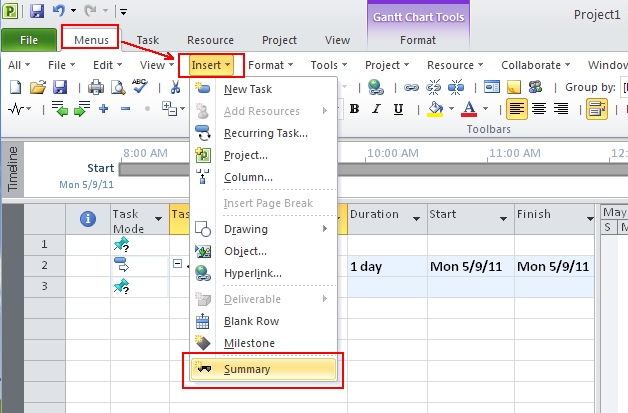
- Microsoft project 2016 vs 2013 update#
- Microsoft project 2016 vs 2013 code#
- Microsoft project 2016 vs 2013 plus#
Select the appropriate calendar for the project, if applicable. Select the appropriate Department field, if applicable. In the ‘Save to Project Web App’ tool, MS Project, enter a name for the project, refraining from the use of special characters, other than hyphens (‘-‘) and underscore (‘_’) characters. Now we can complete the import. Prepare to Save the Project to Project Online. In the ‘Import Project’ pane, click the Save link in the wizard pane to save changes and exit the ‘Import Project’ wizard. If there are no errors listed or once all errors are resolved, click the Continue to Step 5 link in the wizard pane. Review Project Tasks. In the ‘Import Project’ pane, click the Continue to Step 4 link in the wizard pane to review the project tasks to be imported for errors.Ĭomplete Task Import. Using the ‘To: Enterprise Task Field’ column, select the appropriate enterprise task field, then click OK to complete the field mapping. If there are Task fields to be mapped, click the Map Fields… link in the ‘Import Project’ wizard.Īll of the local task field(s) will be listed in the ‘Map Custom Fields’ screen in the ‘From: Task Field’ column. If you do not have any custom fields to be mapped, you can skip this step, by clicking the Continue to Step 4 link in the wizard pane. The following steps on the wizard will check if your project file contains custom fields that may be matched against current Enterprise Custom Fields (ECFs) in MS Project Online. Next, we will use the Task Field Manager to map fields. If there are no errors listed or once all errors are resolved, click the Continue to Step 3 link in the wizard pane. In the ‘Import Project’ pane, click the Continue to Step 2 link in the wizard pane to validate resources.Īll remaining local resources or any errors from the previously mapped resources will be displayed in the ‘Import Resource’ table, where you will be given the ability to attempt to resolve any import and/or mapping errors. Select the appropriate Enterprise Resource from the ‘Enterprise Resource/Calendar’ column.įor those resources unable to be matched to the enterprise resources, select the ‘No, keep local’ option, then notify the Project Online Administrator immediately so the Enterprise Resource Pool can be updated with any missing enterprise resources.Ĭomplete resource mapping by repeating the steps until all desired resources in your local project schedule have a matching resource from the Enterprise Resource Pool, then click OK.Ĭontinue to Validate Resources. Microsoft project 2016 vs 2013 update#
Update the ‘Map to Enterprise?’ column for the appropriate ‘Local Resource’ from ‘ No, keep local ’ to ‘ Yes’.To manually map ‘Local Resource’ to ‘Enterprise Resources’: However, if all of the resources are not automatically mapped, you may manually map the project resources (left hand box) with their correspondent enterprise resource (right hand box). Once in the ‘Map Local to Enterprise Resources’ tool, MS Project will attempt to match your ‘Local’ project resources (‘ Local Resource’ column) with an existing Enterprise resource (‘Enterprise Resource/Calendar’ column). In the ‘Import Project’ pane, click the Map Resources… link in wizard screen. Next, we’ll map local project resources with enterprise resources. ‘Once open, select File, then Save As, then check the Use Import Wizard option (immediately below the ‘Save’ button, then finally, click the Save button to launch the ‘Import Project’ wizard. Navigate to location of the project to be imported from the ‘Open’ page, while connected to the desired MS Project Online environment. Select Open to navigate to the ‘Open’ screen in MS Project Professional. Navigate to the ‘Info’ tab and verify connection to the desired environment next to ‘Manage Accounts’ button. Verify your connection to the desired Project Online environment. Select the ‘Open Other Projects’ option (if presented). Choose the appropriate profile to connect to the desired MS Project Online environment, then click OK.
Microsoft project 2016 vs 2013 code#
Create add-ons and extensions for Visual Studio, including new commands, code analyzers, and tool windows.If a project schedule was created and saved outside of the Microsoft Project Online environment, use the Import Project Wizard to properly import that project file to MS Project Online by following the steps below.

Gone are the days of using multiple tools for collaboration and context switching. You can add or remove any optional package from the list.

The figure below shows what the Visual Studio Mesh Editor looks like: To add a cube, open the Toolbox and double-click the “Cube” option.

0\Common7\IDE\PrivateAssemblies\Microsoft.
Microsoft project 2016 vs 2013 plus#
Includes all the themes available in the Color Theme Editor, plus additional themes contributed by the community.







 0 kommentar(er)
0 kommentar(er)
